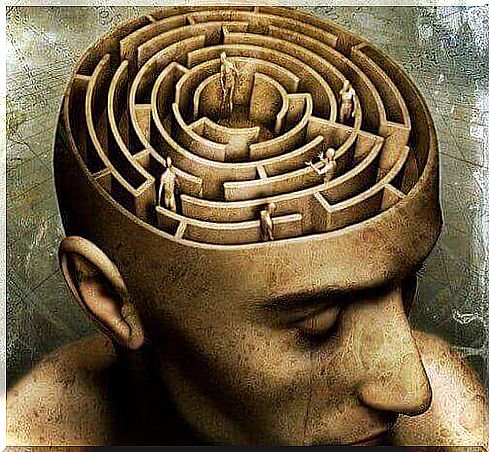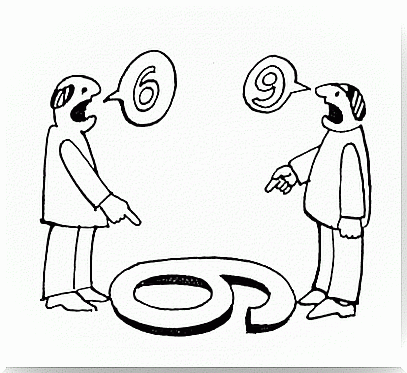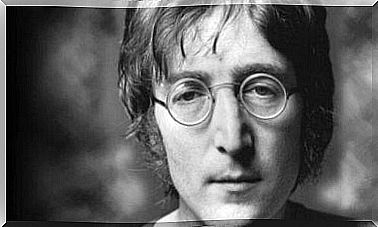Constructivism: How We Construct Our Reality

Philosophers and scientists have for a long time asked how we discover reality and how we absorb knowledge. In this article, we will talk about one of the schools of thought that answers these questions: constructivism. The constructivist theory gives us an interesting lens to be able to study psychology.
Before we talk about constructivism, we should go through its history and learn where it comes from. In order not to become too complex, we will look at the matter in the following two ways: how to absorb knowledge and how to perceive reality.
Where do our ideas and mental representations come from? The classical theories explain that this question is grouped into two areas: empirical and inherent.
Empiricism is based on the premise that all our knowledge comes from experience. The surrounding environment gives us many types of ideas that are captured by the brain.
The assumption here is that this knowledge comes from outside. It can come from reality itself, which the individual copies. Empiricism is a theory that is very much in line with common sense and it has inspired many psychological schools of thought, such as behaviorism.

Innateness (or innatism) arises because empiricism did not seem to suffice. We could have accepted that a lot of our knowledge comes from outside, but we are born with certain abilities, such as being able to relate to each other by using a sophisticated language.
Innatism therefore begins by postulating that there is knowledge that one does not gain through experience. Knowledge, or programming, is therefore very necessary for us to be able to organize our experiences (eg place, time, number).
However, a problem arises because innatism cannot explain how knowledge arises. Nor does it explain why certain knowledge arises at different times. Nor does it explain why there are individual differences. Constructivism seeks to solve this problem, and also the problem that empiricism gives rise to.
Constructivism begins with the principle that knowledge is the result of a continuous interaction between reality and the individual. The individual is like an intuitive researcher who collects data concerning his reality and who interprets his surroundings. These interpretations help us to create our own world and form the basis for the following interpretations.
This has also been one of the biggest issues and several possible solutions have been put forward. The most intuitive answer and the first that history gives us is realism. From this perspective, we believe that we get an exact copy of reality. What we see, hear and touch is exactly what we experience and all individuals experience it in the same way.
Realism soon falls under its own weight. Many philosophers realized that the senses do not perceive reality perfectly. Descartes and even Hume even said that it was possible that there is no reality behind the senses. Here is another possible solution: the senses give us an imprecise reflection of reality. We no longer observe reality as it is; according to this premise we see only a shadow of it.
However, we can see some shortcomings in this explanation. We all have the same senses, but we do not all perceive the same situation in the same way. It seems that the shadow of reality changes based on the person watching it. In this case, constructivism says that our perception is only a reflection of reality, and that it is much more complex.

The theory of constructivism tells us that the senses give us information about reality, but that this is too chaotic for our brains. The brain must therefore structure this information in order to handle it. It therefore categorizes the unstructured information into concepts and interpretations. Based on this theory, reality is not something we can reach.
We can understand constructivism as an epistemological postulate where we are active agents of our own perceptions, and we do not get an exact copy of the world.
It is we, our perceptions, that shape the world inside and outside of us. If each of us is an active agent who builds his own reality, then how is it possible that everyone has a very similar picture of reality?
To find an answer to this, we can turn to the psychologist Vygotsky and his socio-constructivist theory based on culture. Each of us builds our own world, but we are all born in a society where society and culture guide us.
When born in a culture, this will not only guide our interpretations, but it also gives us a range of constructions. There is some evidence to support this because our constructions of reality are similar to those of others in our culture more than the constructions of people from other cultures.

The underlying conclusion is that all ideas, all knowledge and all theories are social constructions. Reality is foreign to us. Physical laws are also partly social constructions and they have a shared conceptual framework. Science could thus no longer explain the events of reality, but the events of our united construction of reality.
These postulates have to some extent been a revolution in the history of psychology and other sciences. Thanks to socio-constructivism, many areas of psychology have completely changed paradigms and expanded their approach. The question now is: is constructivism the correct answer, or do we still have more to learn?









